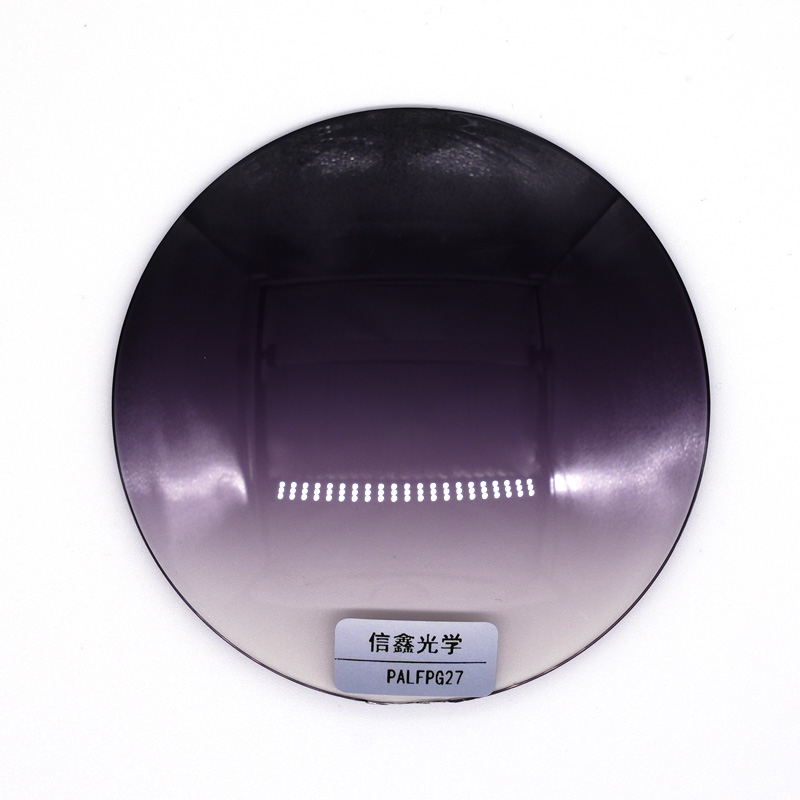The difference between polarized sunglasses and ordinary sunglasses
The damage of ultraviolet rays to the human body is cumulative, that is to say, the longer the exposure to the sun, the greater the damage of ultraviolet rays. When choosing sunglasses, do not think that the darker the lens, the stronger the anti-ultraviolet effect. On the contrary, the darker the color, the bigger the pupil will be. Without safe anti-ultraviolet lenses, the eyes will be exposed to more ultraviolet rays, and the damage will be more severe.
Therefore, it is best to first confirm that the lens can effectively block more than 99% of ultraviolet rays (including ultraviolet A and ultraviolet B), and at the same time, it must have polarized characteristics to eliminate glare (glare refers to the strong light reflected to the eyes from certain angles that can make people I can't see things clearly for the time being), polarized glasses have more theory of polarization angle.
Principle of polarized sunglasses:
Natural light (non-polarized light) is actually composed of electromagnetic waves that vibrate in a specific direction, and the reflected or scattered light usually prefers a specific direction, which is why polarized sunglasses can filter reflections from car roofs or pools The reason for the incoming sunlight; after the natural light is filtered by the polarized lens, it can only let the light in one direction pass, that is to say, the polarized lens can polarize the light first, and only allow the light in one direction to pass (visible light). ).
Polarized sunglasses use this feature to block harmful light, because no matter the sunlight touches any object, it will cause harmful glare due to natural reflection or refraction. Polarized sunglasses can completely absorb these glare and eye damage.
Features of polarized sunglasses:
In life, there are too many light sources that will produce harmful light, especially sunlight; there are three types of light emitted from sunlight: visible light, infrared light, and ultraviolet light. Among them, ultraviolet rays can cause serious damage to human skin, eyes, etc.; the light released by sunlight is above IR (Infra-red) infrared (750mm) and visible light (310~780nm) ; Ultraviolet rays are further divided into UVA, UVB, UVC (310nm) and above, blue light (Blue light) among which UVA, UVB, UVC are harmful rays, if exposed to the sun for a long time will cause damage to the body, UVB has a serious impact on vision, ( Tanning Ray) is the light that burns dark skin, most of the corners of the eyes will absorb this kind of UVB light, so be sure to block this kind of light source. Polarized sunglasses have the function of polarizing light, so they can block all harmful light without affecting the transmission of visible light, which can truly protect the eyes.

Application of polarized sunglasses:
Because polarized sunglasses can block 100% of harmful light, they can be used in:
1. Medical: Eye surgery patients need all-round protection, polarized sunglasses are the best choice.
2. Outdoor activities: such as skiing, fishing, water activities, etc., all require sunglasses that can completely block harmful light to avoid eye injury or fatigue.
Comparison of ordinary sunglasses and polarized sunglasses:
General sunglasses only use the effect of light reduction, because ordinary lenses cannot filter light, so they can only reduce the intensity of glare, ultraviolet light, etc., and cannot completely block these harmful rays, so their function is only to reduce eye damage, but the general sun The biggest advantage of glasses is their popularity. Polarized lenses have polarized properties, so they can completely block the dazzling glare caused by various factors such as scattering, refraction, and reflection. At the same time, it can completely block ultraviolet rays that are harmful to human eyes, so that when people move under strong light for a long time, the eyes are not easy to get tired, and the real protection function can be achieved, and it can make what you see more clear and three-dimensional.
